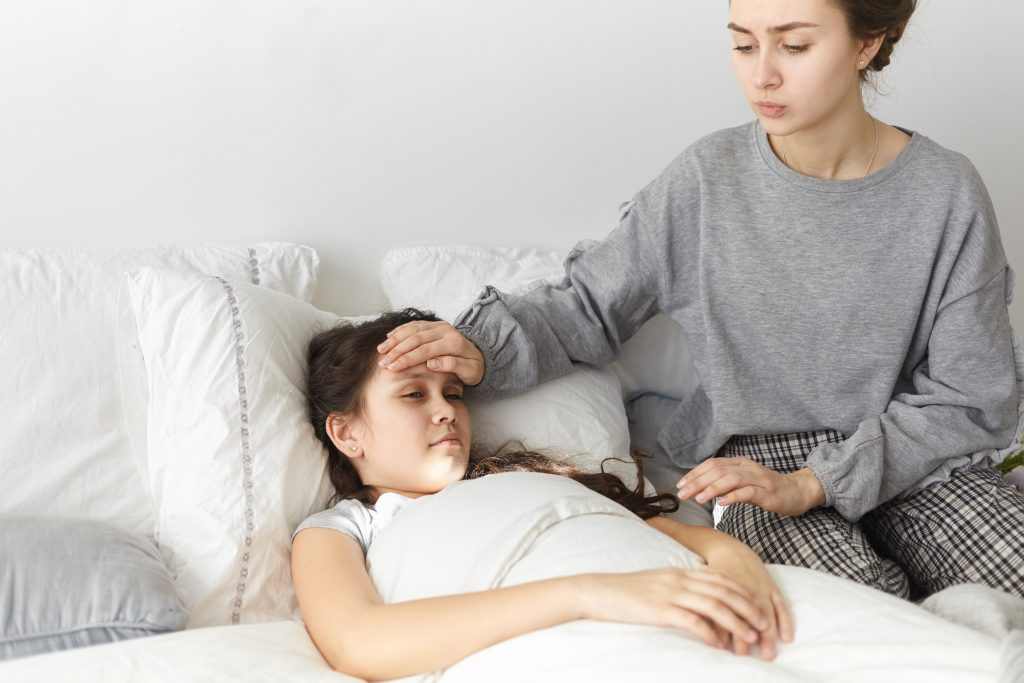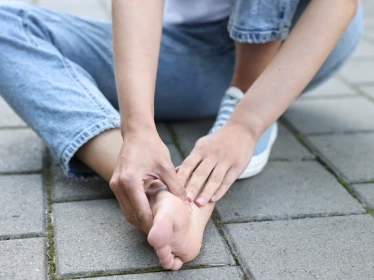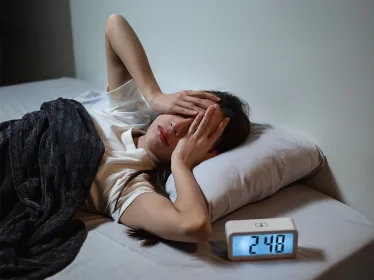
What are Febrile Seizures?
A febrile seizure is a fit that comes about with the sudden rise in body temperature (a fever spike). This usually manifests as a loss of consciousness, up-rolling of eyes, clenching of teeth and the stiffening or jerking of limbs. The child may also turn blue or pale at that time. The fit may last for a few minutes, and then stop spontaneously. After the seizure, the child will regain consciousness, but may be a little drowsy or confused.
When does it occur or what triggers it?
Such seizures are usually associated with a sudden rise in temperature, when the child is having a fever, which may be related to an infection, or after some childhood vaccinations. It generally occurs in children aged between 6 months to 6 years of age.
Are these seizures serious or dangerous?
Short febrile seizures are usually harmless, and do not cause long term health problems or brain damage.
1 in 3 children who have had a febrile seizure will have further febrile seizures with future febrile illnesses. They generally outgrow this by about 6 years of age.
What should I do if my child is having a febrile seizure?
- Most importantly, stay calm!
- Loosen your child’s clothing and lie him/her on one side, on a soft surface. This will prevent him/her from choking on any secretion that might be in the mouth.
- Do not place anything in his/her mouth (not even fingers).
- Do not restrain the child
- Take note of what the seizure looks like and how long it lasts
- Once your child has regained consciousness, reassure him/her, as he/she might be a little confused or drowsy
- Do not attempt to feed your child while he/she is unconscious or drowsy
Are there long-lasting effects of such seizures?
Children with febrile seizures have a slight increased risk of developing epilepsy compared to the general population. This tends to be more so in those who have had prolonged, focal, or recurrent seizures within 24 hours.
When should I see a doctor?
If the seizure does not stop spontaneously in 5 minutes, call for an ambulance. If your child has had a febrile seizure before and was prescribed rectal diazepam for use during future seizures, administer the rectal diazepam at this time as well.
If the seizure stops spontaneously within a few minutes, and your child quickly returns to his/her usual self and looks well, you should still take him/her to see a doctor to evaluate the cause of the fever.
When to take your child to the Emergency Department or to call for an ambulance
- He/she remains persistently drowsy or confused
- He/she appears very unwell
- He/she has neck stiffness
- He/she had more than 1 seizure in 24 hours
- He/she has breathing problems
- He/she had a seizure for more than 5 minutes




